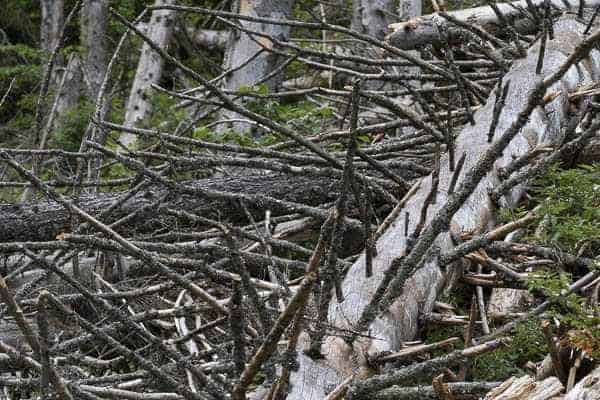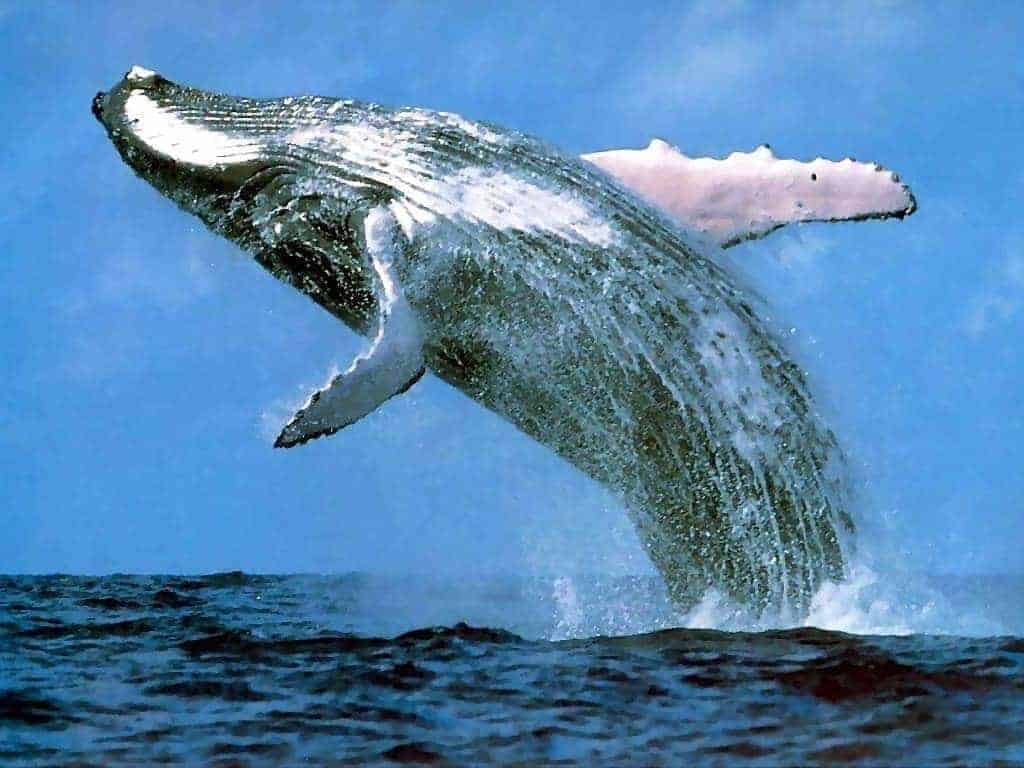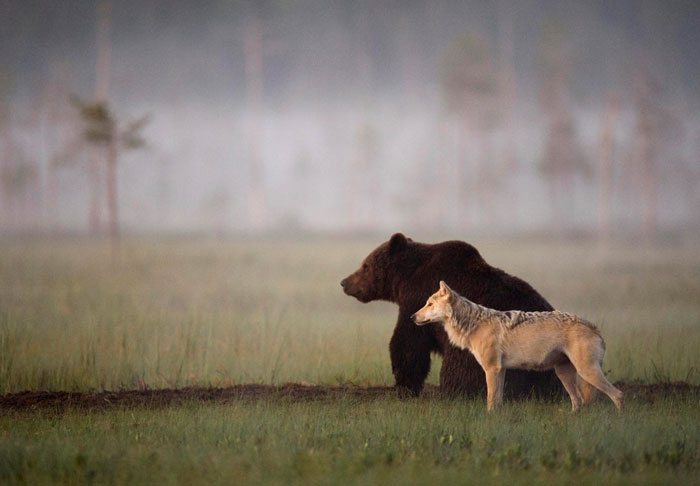Social effectiveness of livestock protection
Human-wildlife conflicts and human-shaped natural systems in which they occur are driven by complex social and ecological elements. These elements are important considerations when conducting research, for instance about livestock protection measures. This is an area where mostly only ecological elements have been considered so far. Consequently, the assumption that proven scientific effectiveness guides stakeholders to implement measures often proves wrong in practice. Now, a study published in August 2021 sheds new light on why this might be the case by defining the term social effectiveness.
What is social effectiveness?
As many carnivore populations are recovering, wildlife managers and livestock owners require new strategies to protect both livestock and carnivores. Thus, there has been a push for applied research on tools to mitigate human-wildlife conflict. Much of this research, however, misses the socio-ecological nature of the problem. Usually they only focus on whether or not the tool works under controlled settings. In reality, decisions of livestock owners are usually not informed by academic research. Scientific evidence is often even contested or dismissed when social conflict is intense.
To design a more holistic study, Volski et al. (2021) focused their research on two parts: social acceptability through qualitative interviews and ecological effectiveness through a controlled study setting. Like this the term social effectiveness was born. It aims to investigate how not only ecological facts but also social constructs influence the effectiveness of livestock protection implementation.
Study setting
The study was conducted in Northern California, US. There, they studied the effectiveness of so-called Foxlights to reduce the activity of coyotes. Additionally, they conducted qualitative interviews with the livestock owners both before and after sharing the scientific results of the tool’s ecological effectiveness.
Like this they aimed to understand how science is integrated into an owner’s decision-making process. Additionally, they wanted to find out what other socio-ecological factors serve as opportunities and barriers to tool adoption. They also examined whether the iterative integration of stakeholder knowledge improved receptivity to empirical findings and improved the trustworthiness of both the research and researchers.
Study results
The research demonstrated that an integrated assessment of social effectiveness that combines ecological effectiveness and social acceptability adds critical new dimensions to the understanding of why (or why not) livestock protection tools are implemented.
The empirical results of the ecological effectiveness study provided weak evidence that Foxlights affect coyote activity. Nevertheless, most interviewed livestock owners still believed that Foxlights had the potential to be effective. In other words, the empirical analysis did not give them reason to dismiss Foxlights as ineffective, but rather it gave them reason to lean into finding ways to make it more effective. Thus, empirical examples of effectiveness may not be what drives attitudes toward tools like Foxlights. The owners also emphasized the importance of incorporating environmental variability, coyote ecology, and other management strategies into empirical evaluations of tools.
What also stood out was the general lack of acceptance and trust in research and science. According to both rounds of interviews, interviewees relied on multiple outlets and factors to make management decisions. Word-of-mouth served as the most prominent information source. Tool adoption, as one interviewee described it “depends on who recommends that tool“. Hereby various kinds of relationships count (most important to least important): other livestock owners, neighbors, landowners, suppliers, friends, and researchers. When owners did get information from researchers, the researchers often either worked for their land management agency or had worked with a someone they personally knew. Overall, the interviewees did not commonly rely on academic research papers to make decisions.
I judge research by the people that do it, and there are very few people I trust doing livestock research. [This study represents] a group I got to know and I trust them. They had no personal agenda involved, and that’s key.

The future of livestock protection research
Livestock owners make decisions through holistic considerations of production dynamics by relying on both technical and cultural knowledge transfer. For example, a young producer may learn about techniques from older generations, their own experience of their land, and from scientific sources. Thereby, scientific demonstrations of a tool’s ecological effectiveness is just one fact amongst many.
When communicating science, researchers need to be aware of this and the dimension of social acceptability. Overreliance on technical information can even be detrimental for implementation. This is because stakeholders are often already educated on the technical aspects of a subject, scientific jargon can be too complicated, environmental heterogeneity may not be accounted for, and science cannot resolve differences of opinions that correspond with belief systems.
Thus, researchers should continue to test tools, but also work closely with stakeholders to solicit feedback. For example, establishing lending libraries of tools and partnering with livestock owners to collect data will allow researchers to learn from their knowledge and insight, build trust, provide exposure to tools, and lower the barriers that enable access. Eventually, such approaches can guide tool adoption and promote sound practices, ultimately supporting conservation as well as livestock production goals.
One example of inclusion of the social dimension of livestock protection is the LIFEstockProtect project. It was developed on a very practical basis, both in terms of establishing close contact with stakeholders and field-testing livestock protection materials. Like this, it aims to support effective, both social and ecological, livestock protection implementation in the German-speaking region of the Alps.








